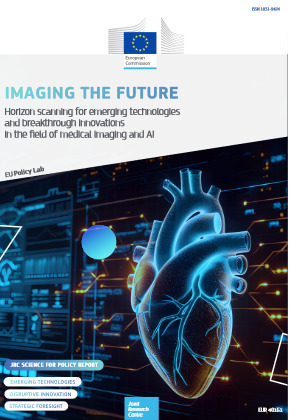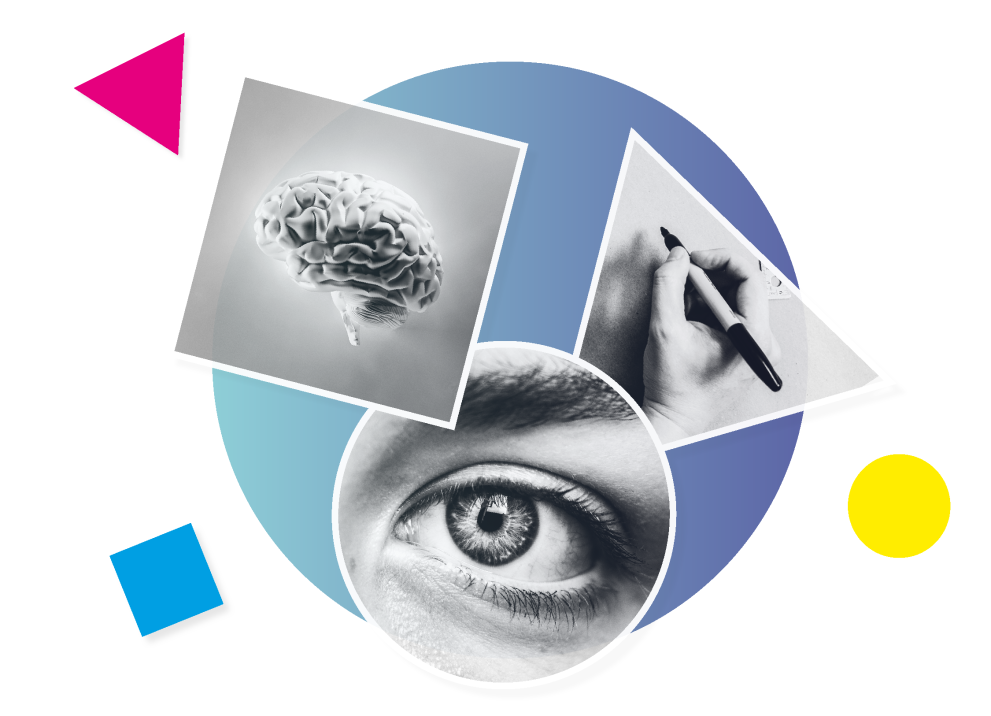This report documents the process and findings of a horizon scanning exercise, part of a series under
the FUTURINNOV (FUTURe-oriented detection and assessment of emerging technologies and break-
through INNOVation) project, a collaboration between the European Innovation Council (EIC) and the
Joint Research Centre (JRC), aiming to bolster the EIC's strategic intelligence through foresight and
anticipatory methodologies.
The workshop, held on 17 September 2024, had as its primary goal the evaluation and prioritisation
of trends and signals on emerging technologies and breakthrough innovation, across all technology
readiness levels (TRLs), within the EIC's Medical Imaging and AI portfolio.
Signals for the workshop were gathered from experts, literature review, and text/data mining of pa-
tents, publications, and EU-funded projects. These signals were then scrutinised for their significance
to the field's future by a diverse group of sector experts which led to the identification of eight key
topics: generative AI for healthcare; digital twins; multimodal data analysis; explainable AI in medical
imaging; application of AI to specific diseases/conditions; XR - augmented and virtual realities; tensor-
valued diffusion encoding, and AI-generated synthetic data for training AI. Furthermore, the workshop
identified additional wild cards with high novelty and disruptive potential such as: blockchain, edge
computing and differential privacy for secure, AI-driven medical imaging and collaborative healthcare
optimisation and quantum medical imaging.
Participants also highlighted various factors that could influence the development, adoption, and pro-
motion of these emerging technologies, which can be grouped under the following categories: Tech-
nological advancements and cross-sector applications; data infrastructure, AI models, and regulatory
frameworks; workforce, education and societal factors; clinical efficiency and patient outcomes; trust,
ethics, and AI adoption; financial pressures and industry investment in AI healthcare.



